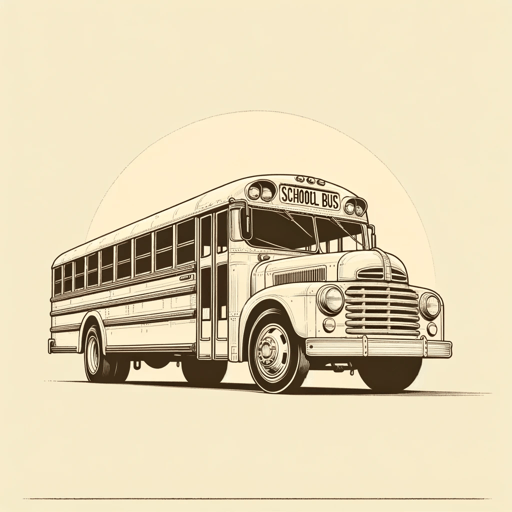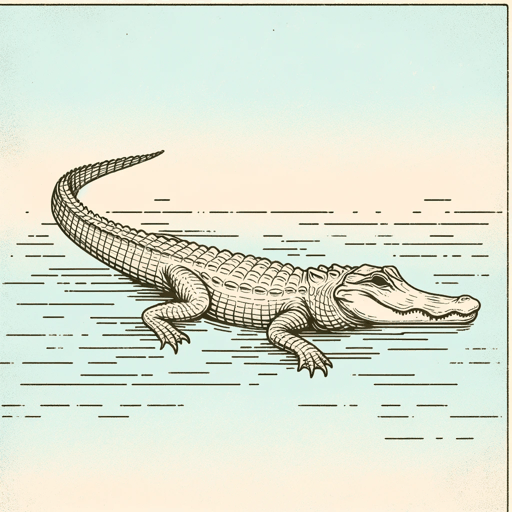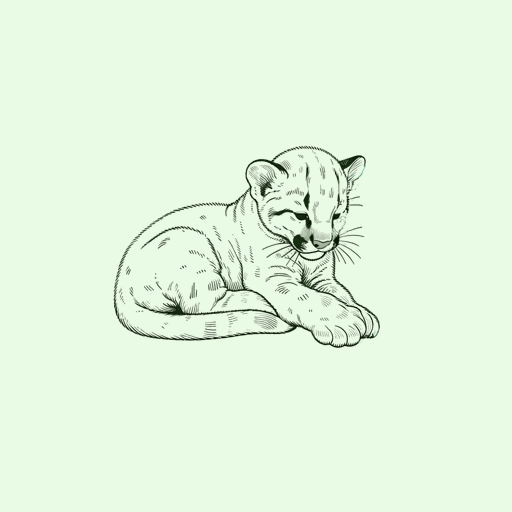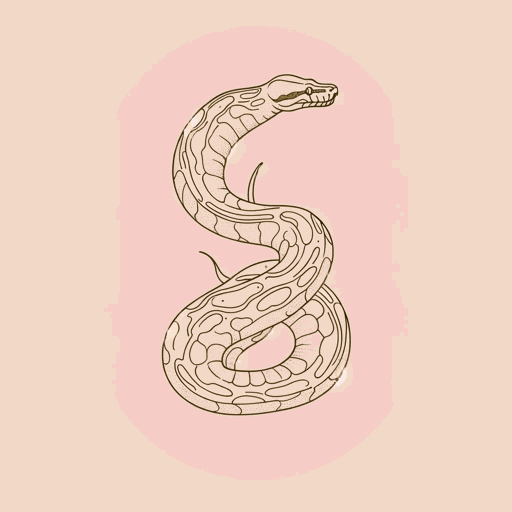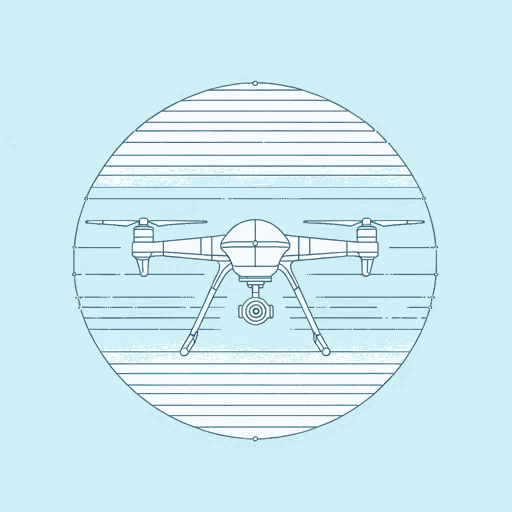87 pages • 2 hours read
Carl HiaasenHoot
Fiction | Novel | Middle Grade | Published in 2002A modern alternative to SparkNotes and CliffsNotes, SuperSummary offers high-quality Study Guides with detailed chapter summaries and analysis of major themes, characters, and more. For select classroom titles, we also provide Teaching Guides with discussion and quiz questions to prompt student engagement.
Important Quotes
“The boy was straw-blond and wiry, and his skin was nut-brown from the sun. The expression on his face was intent and serious. He wore a faded Miami Heat basketball jersey and dirty khaki shorts, and here was the odd part: no shoes. The soles of his bare feet looked as black as barbecue coals.”
(Chapter 1, Page 1)
Something about the running boy—his bare feet, his competent jogging, the serious look on his face—gives Roy the impression that this person is living an important life. Roy loves heroes, and the running boy seems to be a kind of hero. Whatever it is, the boy’s quest must be much more interesting than anything the other students are doing.
“Roy knew the rules against fighting on the bus, but he couldn’t think of anything else to do. He clenched his right fist and brought it up blindly over his shoulder, as hard as he could. The punch landed on something moist and rubbery. There was a gargled cry; then Dana’s hands fell away from Roy’s neck. Panting, Roy bolted for the door of the bus.”
(Chapter 2, Page 14)
Roy displays courage and determination. The running boy’s resolve makes Roy want to find him and learn more, but Dana has other plans. Roy solves the dilemma by breaking the rules. He hits Dana and pushes his way off the bus. For Roy, some things are more important than bullies and bureaucracy. He does not yet know what those things are, but his instincts tell him to follow the running boy and find out.
“On one wall of Roy’s bedroom was a poster from the Livingston rodeo that showed a cowboy riding a ferocious humpbacked bull. The cowboy held one hand high in the air, and his hat was flying off his head. Every night before turning off the lights, Roy would lie on his pillow and stare at the poster, imagining that he was the sinewy young bull rider in the picture. Eight or nine seconds was an eternity on top of an angry bull, but Roy imagined himself hanging on so tightly that the animal couldn’t shake him no matter how furiously it tried. The seconds would tick by until finally the bull would sink to its knees in exhaustion. Then Roy would calmly climb off, waving to the roaring crowd. That’s how he played the scene in his mind.”
(Chapter 3, Pages 30-31)
Roy’s fantasy life makes him the hero in a spectacularly difficult situation. Heroism is a common yearning for both children and adults. Roy misses Montana, and the rodeo symbolizes the heroic beauty of the mountainous state, but his fantasies hint at his courage and determination. He wants to force his problems to bow down to him.
Related Titles
By Carl Hiaasen
Featured Collections
Action & Adventure Reads (Middle Grade)
View Collection
Books that Teach Empathy
View Collection
Children's & Teen Books Made into Movies
View Collection
Good & Evil
View Collection
Laugh-out-Loud Books
View Collection
Realistic Fiction (Middle Grade)
View Collection
Safety & Danger
View Collection
Valentine's Day Reads: The Theme of Love
View Collection
